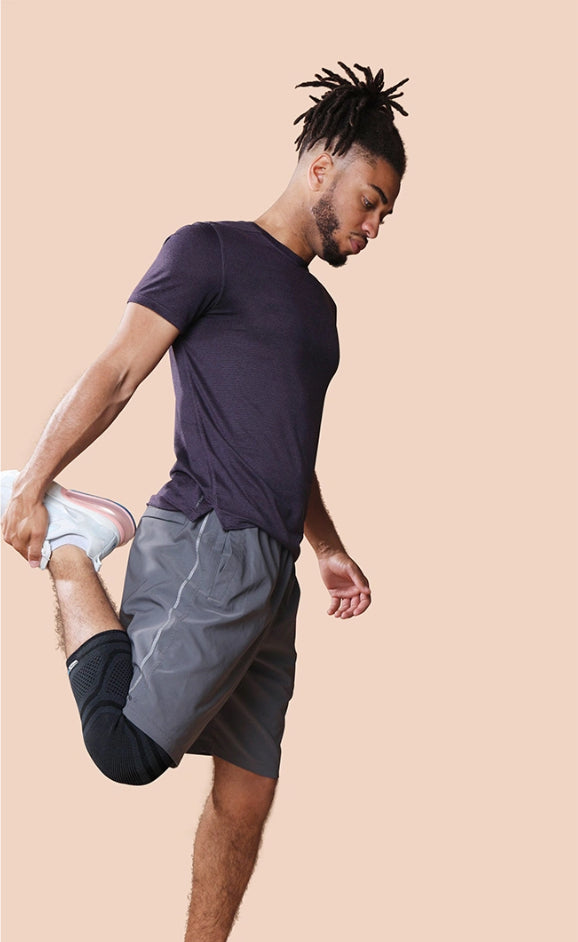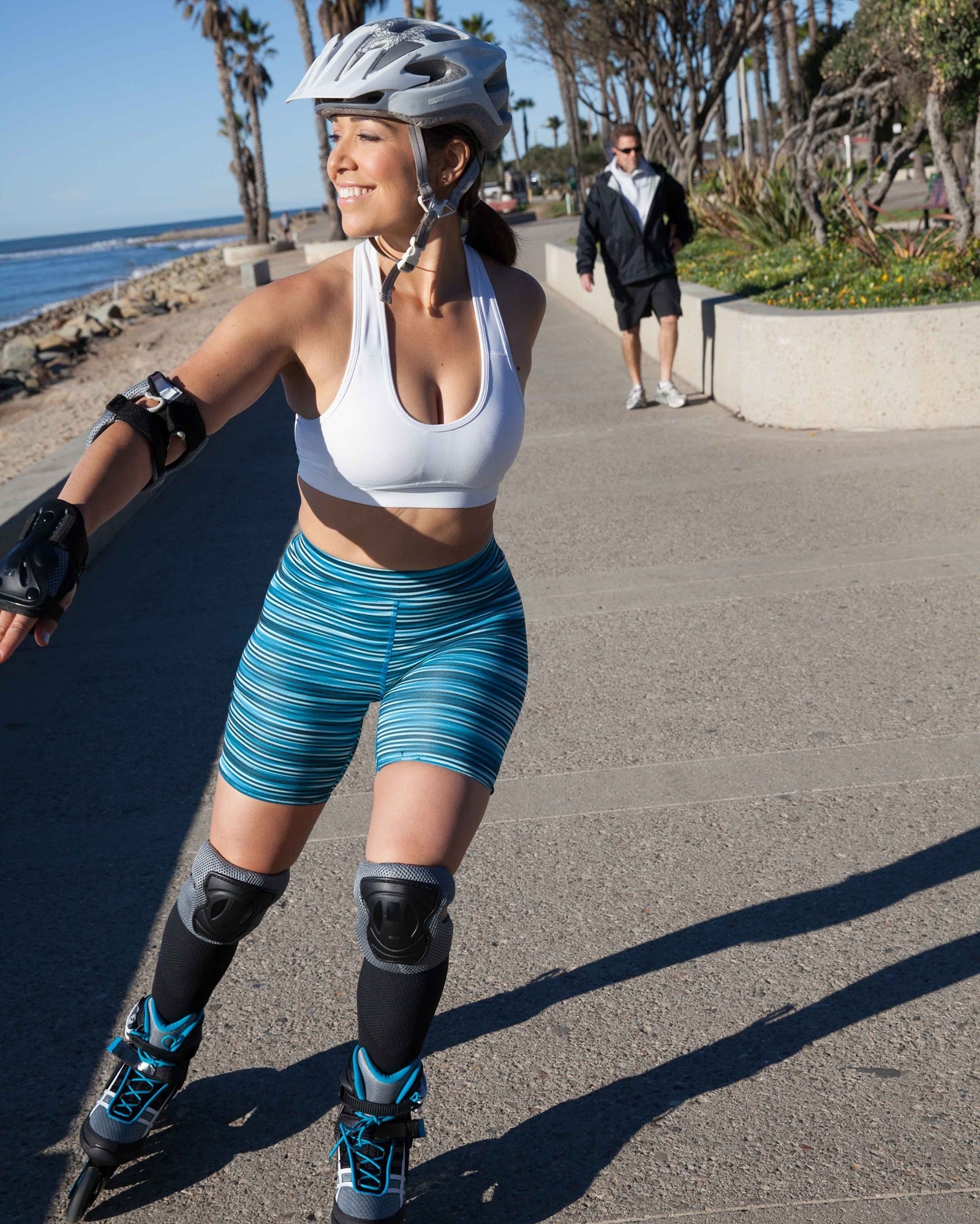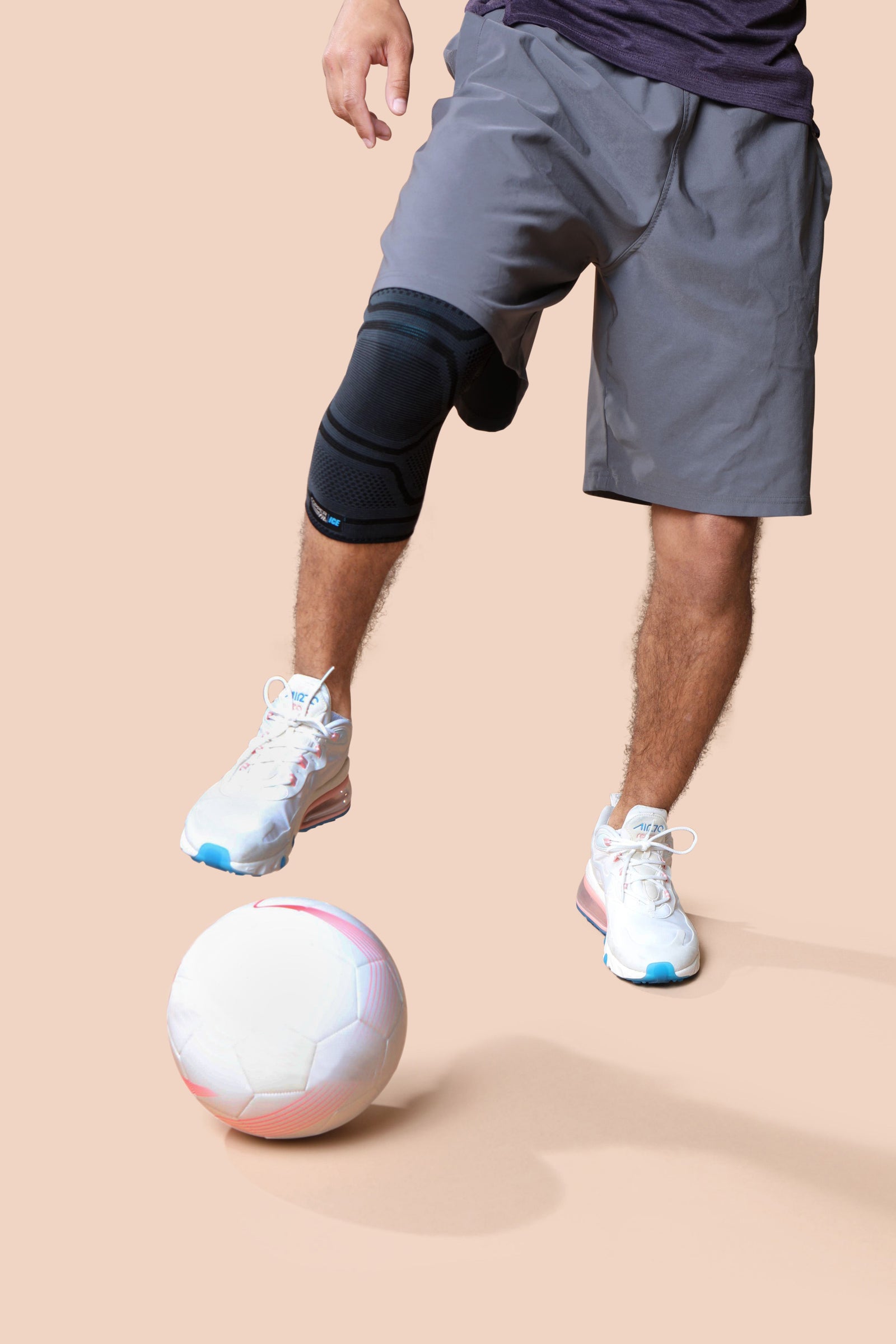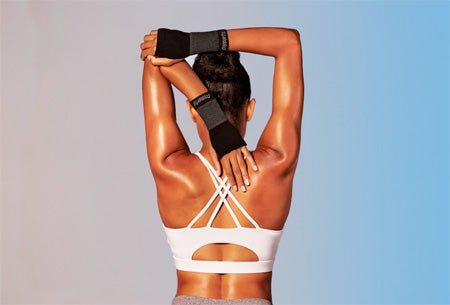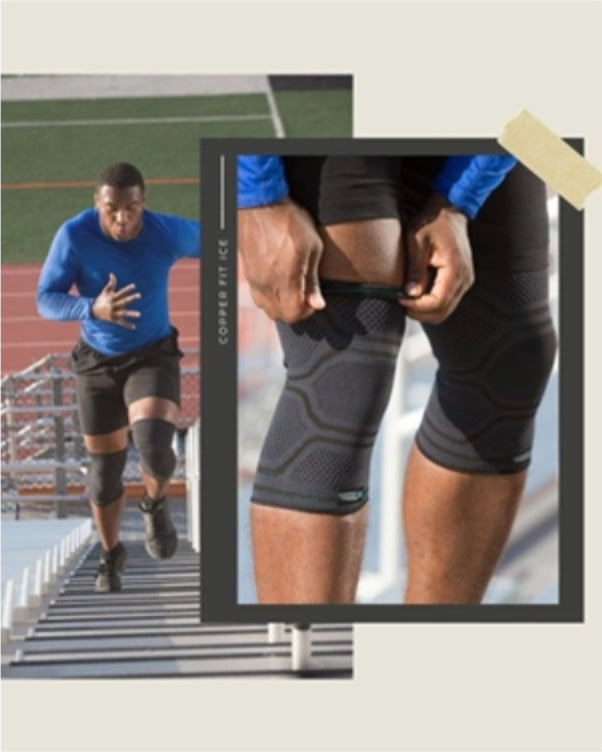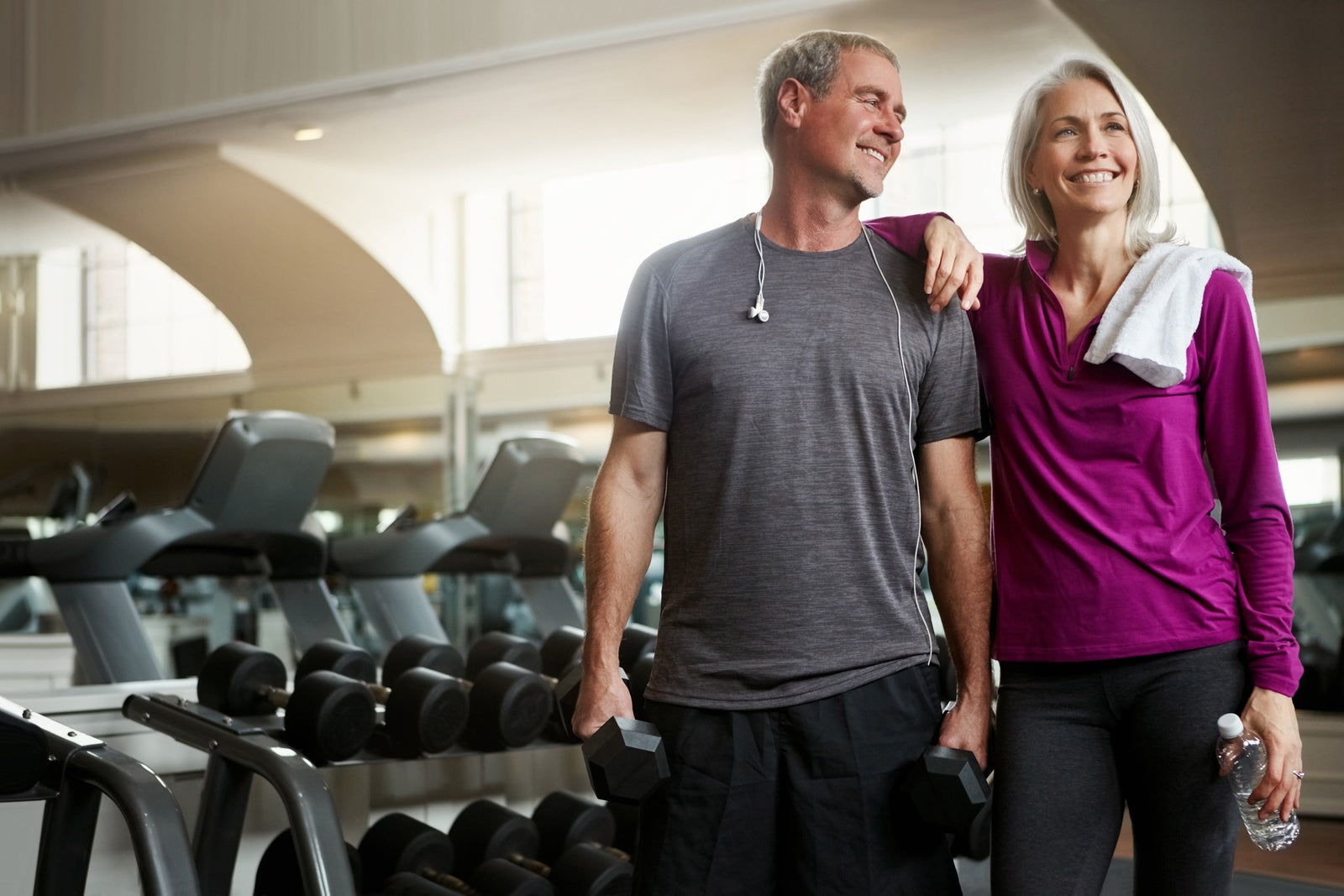
It’s NEVER too late to start a fitness regimen - and hitting the big 5-0 is often a great jumpstart! Head into the second half of life focused on vibrant aging. A healthy weight, low blood pressure, and good metabolic health are at the root of most health issues, and keeping your bones and muscles strong is key to living a healthier, longer, independent life!
Get Strong!
Losing muscle mass is a regular part of the aging process. Physiological changes affect the body’s natural ability to build muscle mass, and a decrease in muscle fiber count and changes in hormone levels make it difficult to maintain muscle mass. Another factor, as we age, is reduced activity levels. According to studies, individuals can lose up to 30% of their muscle mass between 50 and 70!
There is a name for this muscle loss after 50 - sarcopenia - and it has a tremendous effect on how well you age. The most obvious is the loss of overall muscle strength, which affects the ability to age well. The goal of aging well is to be able to perform everyday tasks independently for as long as possible. This includes tasks as simple as bringing in groceries and engaging in physical activities, such as hiking, well into later life. Muscles are also crucial in preventing falls and maintaining body stability.
There are many ways to strength train, and mixing it up with bodyweight exercises, lightweights, resistance bands, and even strength training machines at the gym is impactful. If strength training is new to you, consider a personal trainer or a weight class at a local gym. Proper technique is crucial to avoid sprains, strains, and other painful injuries. Find support for joints and muscles at Copper Fit, like the Copper Fit Knee Stabilizer Sleeve, which features flexible side stabilizers and a gel patella ring for added support and cushioning and is beneficial for maintaining proper form during heavy lifts. For support and recovery, the Copper Fit ICE Compression Elbow Sleeve is infused with menthol for a cooling sensation, providing compression and relief for sore or overworked elbows.
The 1-2-3 of strength training:
-
Aim for 2-3 times a week.
-
Simple bodyweight exercises can be done at home!
-
Start with lighter weights and build as you progress to avoid injury.

Get Cardio Fit
The heart undergoes lots of changes post-50; in fact, heart disease is the leading cause of death for both men and women over 50. Natural changes in the heart structure and function, and even hormonal decline, lead to an increased risk of heart disease. Conditions like high blood pressure, elevated cholesterol, and type 2 diabetes become more common. These changes can affect both men and women, and women's risk of heart disease tends to increase more significantly after menopause.
Essential lifestyle changes, including a balanced diet, minimizing smoking and alcohol consumption, and monitoring blood pressure and cholesterol levels, which are all influenced by these factors, become increasingly important. What you can do with your workouts matters too! Cardio strengthens the heart muscle, improves blood flow, and helps reduce blood pressure and cholesterol levels.
The key to cardio now is to focus on injury prevention. Many people inspire us by running marathons in their 80s or tackling extreme sports into their later years, but for most of us, this is the time to embrace low-impact workouts because our joints may become more susceptible to wear and tear with age. If you're new to cardio, gradual progression is key. If you have been a lifelong exerciser, chances are your body tells you the changes it needs you to make.
Walking is the best overall exercise in this period! It’s free and easy - you can do it anywhere. And you determine how challenging you want it to be. Whether starting with a walk around the block after dinner or training to climb Mt. Whitney, ensuring your body has the necessary support will help you stay on track. And always make sure you have the support you need - like the Copper Fit Pro Series Compression Ankle Sleeve, which offers light to medium compression and supports the ankle joint without restricting mobility.
Get started now, your heart will thank you for it!
-
Aim for at least 150 minutes of moderate-intensity cardio per week, or 75 minutes of vigorous intensity.
-
If joint pain keeps you from moving, consider swimming or water aerobics classes.
-
Sign up for a 5k walk to get motivated. Make a walking group at work - swap your wine night with the girls for a summer evening hike.
Stay Flexible!
The third component of fitness over 50 is range of motion. Muscles become less pliable as we age, affecting mobility and muscle elasticity. Staying flexible affects the ability to reach, bend, and turn, tackling so you can handle everyday activities into old age.
Flexibility exercise benefits go beyond range of motion - they can work to enhance circulation and reduce muscle tension. Anyone who enjoys a good stretch, yoga class, or time with the foam roller knows the benefits of stretching for alleviating aches and pains and promoting relaxation.
There are many ways to work on flexibility; even devoting 20 minutes daily can help. Try to incorporate flexibility into your life with a combination of these:
-
Start the day and end it with a simple yoga flow, Sun Salutation. The 12 poses linked with breath will loosen up the body and promote flexibility, strength, and balance. Bonus: This flow will help you feel calm and centered, too!
-
Commit to simple stretches at home. Static stretching is when you move to a joint’s end range of motion and hold that position for 15, 30, 60 seconds, or longer. Buy a foam roller - relaxing muscles and improving flexibility is incredibly helpful.
-
If you don’t feel disciplined enough to work flexibility into your days, try a pilates or yoga class a couple of times a week, or find a free class on YouTube!
If you’ve hit midlife and beyond, prioritize taking care of your body so you will age well. With a weekly plan to fit in strength, cardio, and stretching, you might feel better than ever!

